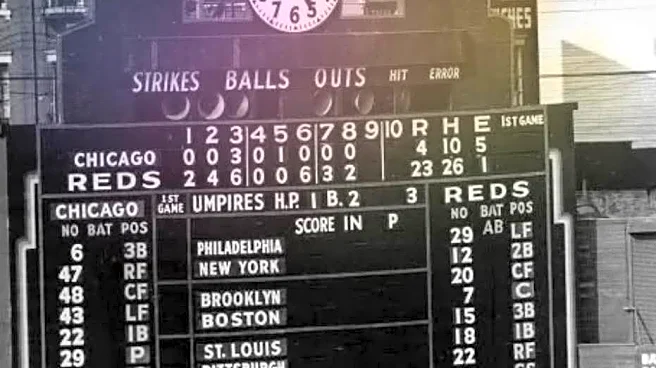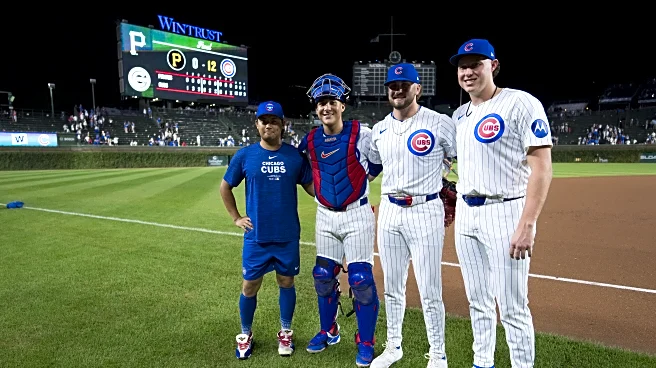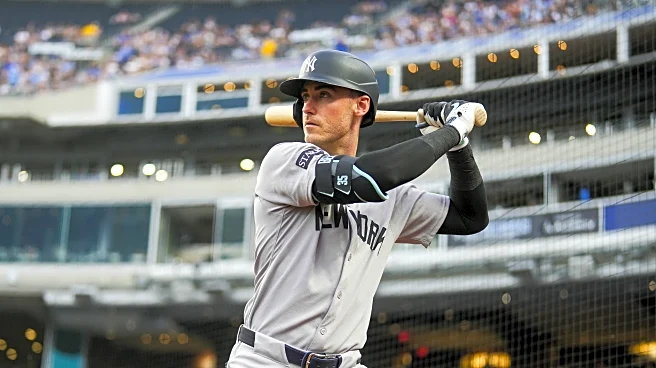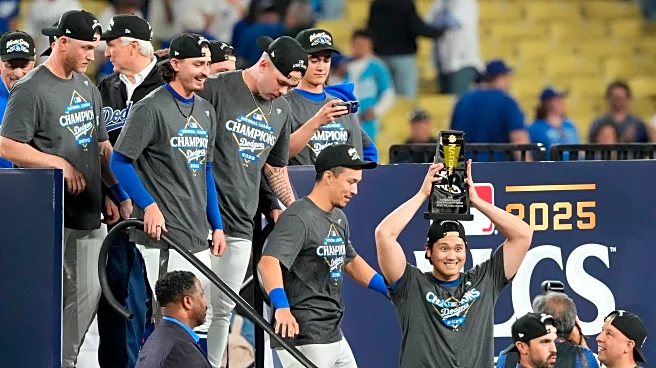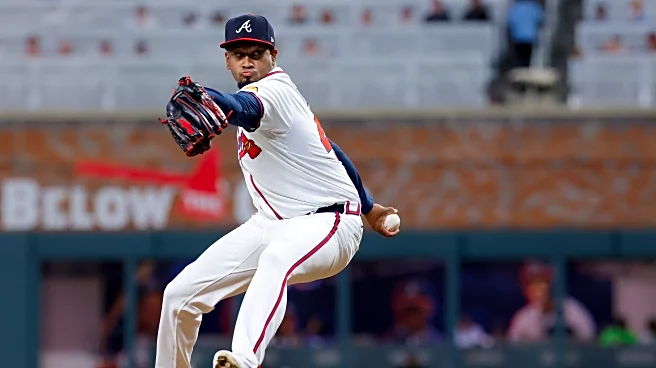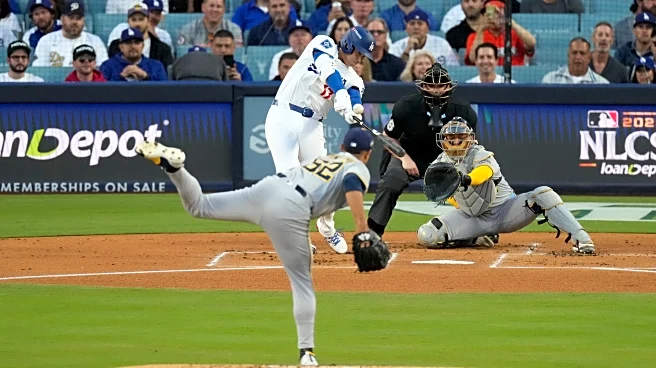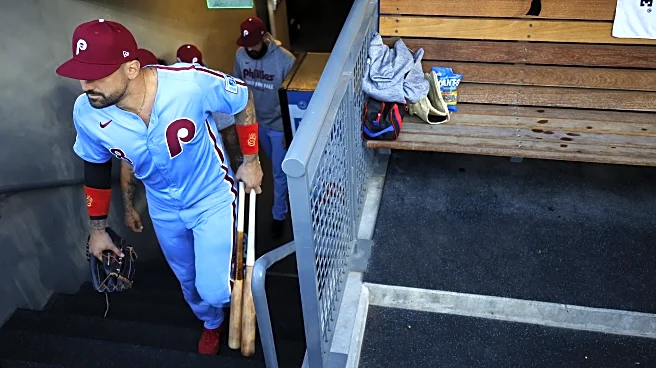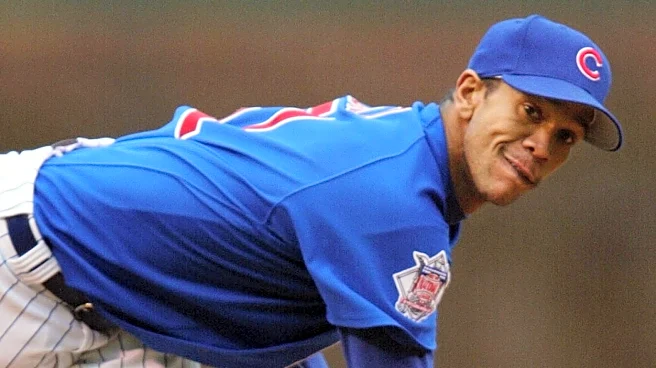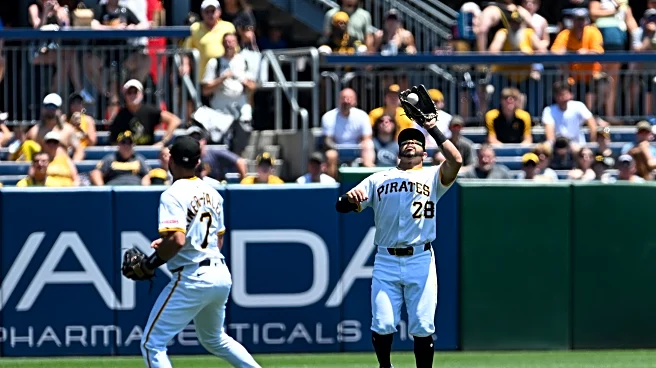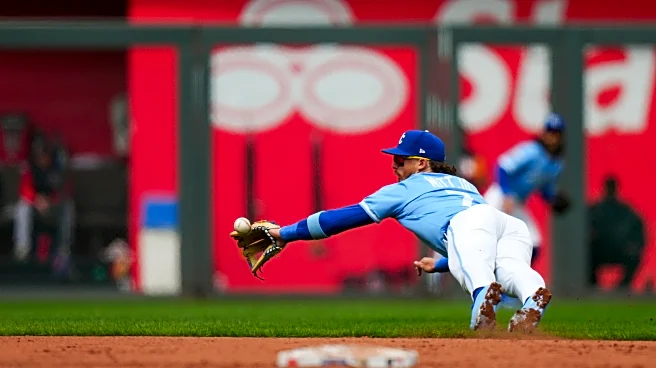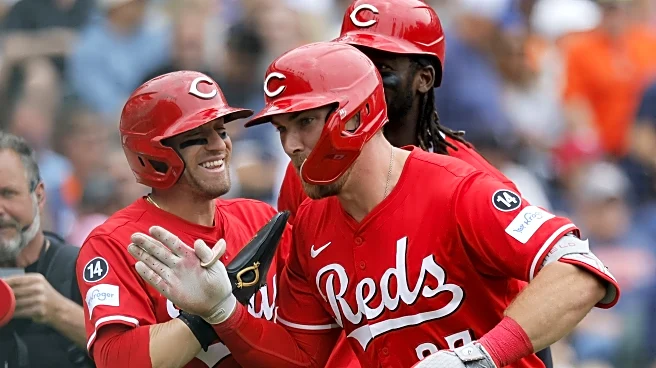Since it’s the offseason, it’s time to resume my photo/video historical sleuthing series.
Before I begin, this is a call for you to send me photos or videos you’ve found that you think I could sleuth for you.
Hopefully these are finds that I haven’t previously sleuthed. Or maybe you have personal photos from Wrigley Field where you don’t know the date — or maybe you do and you’d like to stump me!
Please send as many as you can. I have some ready to go, but there’s a long winter to do sleuthing!
I figured I’d start with a fairly easy one. Here’s the full version of the photo at the top of this post.

So this is clearly not Wrigley Field. It’s also rom the pre-expansion era, as only eight National League teams are shown. It’s also from the pre-franchise move era, as all the teams are in their original locations, including the Boston Braves. That means this has to be before 1953.
The Cubs did not have a good game on this day in Cincinnati, making five (!) errors and allowing 23 runs on 26 hits. The 23 runs is the franchise record for runs allowed. It’s been done four other times, most recently in 1987, when the Cubs lost 23-10 to the Mets at Wrigley. Believe it or not, the Cubs have allowed more hits than that in a game in the Modern Era, twice. The Giants were the opponent each time, once in 1922, the other in 1931.
Back to this game: It happened Wednesday, July 6, 1949.
The Cubs were not a very good team that year. They entered the game 18 games under .500 at 28-46, in last place 16.5 games behind the first-place Dodgers. The Reds weren’t very good either — they were just three games ahead of the Cubs when this game began at 29-41.
Seven Cubs pitchers worked in this game: Monk Dubiel, Warren Hacker, Dewey Adkins, Doyle Lade, Bob Muncrief and Emil Kush. All of them gave up runs, the most by Lade, who allowed seven runs in 3.2 innings. The Reds had four home runs among their 26 hits. Muncrief, Adkins and Kush were in their last year with the Cubs and for Adkins and Kush it was their final big-league season.
Hank Sauer, who the Cubs had acquired from the Reds about four weeks earlier, homered for the Cubs. He’d go on to have some very good seasons on the North Side, including being named NL MVP in 1952. Sauer’s 198 home runs as a Cub still rank 10th in franchise history.
The 1949 Cubs didn’t get any better after this game. They went 33-46 the rest of the way and finished 61-93, in last place in the NL, though just one game ahead of the Reds.
It was a very different, and bad, time in Cubs history 76 years ago. But the scoreboard shows a good slice of baseball history.
